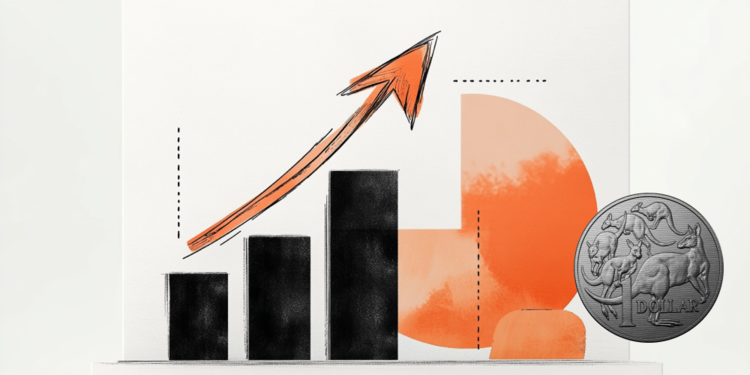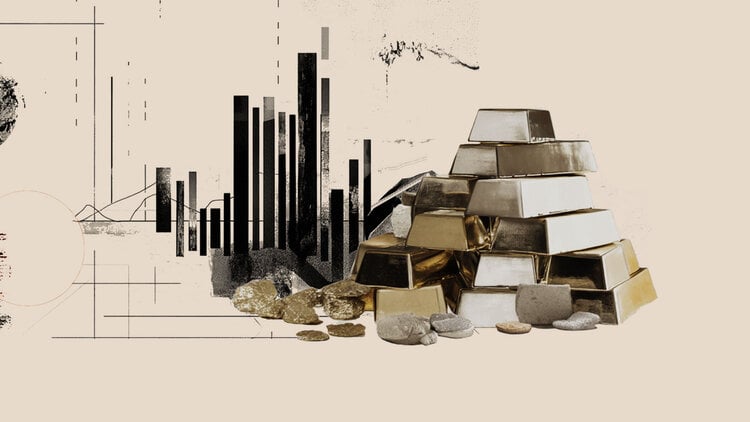According to data released by the Brazilian Institute of Geography and Statistics (IBGE) this Friday (16), the internet was used in 90% of the country’s households in 2021 – an increase of six percentage points compared to 2019. with cellular mobile phone increased from 94.4% to 96.3% between 2019 and 2021.
Information was collected through the Continuous National Household Sample Survey (Continuous Pnad) in the fourth quarter of 2021.
From 2019 to 2021, the percentage of households where the internet was used increased from 88.1% to 92.3% in urban areas, and increased from 57.8% to 74.7% in rural areas. According to the institute, the faster growth in the use of the internet in homes in rural areas contributed to reduce the large difference in relation to urban areas.
This growth occurred in all macro-regions of the country, especially in the Northeast, which, despite the increase of 9.4 percentage points in the period, remained the region with the lowest percentage of households with internet access (85.2%).
In the country, the average real income per capita in households where there was internet use (R$ 1,480.00) it was almost double the income in those who did not use this network (R$ 795). The big difference between these two yields was observed in all major regions.
Considering the type of telephone, in 2021, there was a conventional landline telephone in 15.6% of households in the country. This percentage decreased compared to 2019 (23.1%). Households in rural areas had a lower percentage, when compared to those in urban areas, both with cell phones (90% against 97.2%) and with conventional landlines (5% against 17.2%).
While the presence of mobile cellular telephones was more universal among the macro-regions, ranging from 94.2% of households in the Northeast region to 98.2% of households in the Midwest, the presence of conventional landlines showed greater regional differences.
In 2021, the Southeast region had the highest percentage of households with a conventional landline telephone (22.7%) while this was only 5.5% and 5.9% in the North and Northeast regions, respectively.
The average real income per capita the share of households where there was no telephone was much lower than that of households that had a telephone. In the country, in 2021, the income in households that did not have a telephone (R$ 700) represented 48.4% of the income in those with a telephone (R$ 1,445.00). In households with a conventional landline, the average income was R$2,432.00, while in those with a cell phone, this income was R$1,444.00.
Source: CNN Brasil
Joe Jameson, a technology journalist with over 2 years of experience, writes for top online news websites. Specializing in the field of technology, Joe provides insights into the latest advancements in the industry. Currently, he contributes to covering the world stock market.







